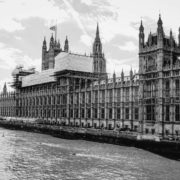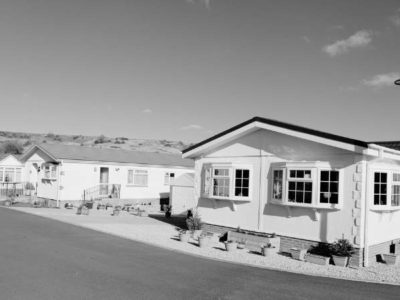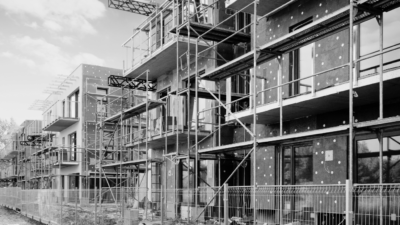The recent Budget by Chancellor Rachel Reeves has brought new financial pressures to the private rented sector (PRS), particularly impacting landlords due to the increased Stamp Duty on second-home purchases. Set to rise from 3% to 5% next April, this hike will nearly double the Stamp Duty for buy-to-let investors, costing an average landlord approximately £11,000 per property purchase. The government anticipates this change will raise over £1 billion in tax revenue over five years.
Impact on Landlord Numbers and Rental Market Entry
This tax hike is likely to deter new entrants from investing in rental properties, with analysts forecasting a potential 25% decline in new landlords over the next five years. Successive policies—including this Stamp Duty rise and previous regulatory changes—have added financial strain on landlords, particularly those who are already contending with higher mortgage rates. For many property investors, these cumulative costs are reshaping the risk-benefit calculation of entering or expanding within the rental market.
Consequences for Tenants
A decrease in new landlords may worsen the already constrained supply of rental properties, particularly in high-demand areas where competition among tenants is already fierce. With fewer rental homes available, rent prices are expected to rise, placing additional strain on renters seeking affordable housing options. This situation could exacerbate housing challenges, particularly for those in lower-income brackets who are most affected by rental affordability issues.
Long-Term Market Dynamics and Stability Concerns
The Treasury’s focus on Stamp Duty from the buy-to-let sector is sparking concerns about the broader stability of the PRS. By making buy-to-let investments costlier, the policy may reduce the sector’s growth, leading to a narrower range of options for tenants and potentially restricting the flow of affordable housing. Industry leaders warn that over-reliance on tax revenue from the PRS could unintentionally destabilize the housing market, as fewer landlords may mean fewer housing choices for renters in the long run. This evolving situation underscores the need for balanced policies that encourage both revenue generation and rental market sustainability.
In summary, while the government stands to benefit financially from the Stamp Duty increase, these changes risk placing greater pressure on tenants and landlords, creating potential long-term implications for housing availability and affordability within the rental sector.

























Comments